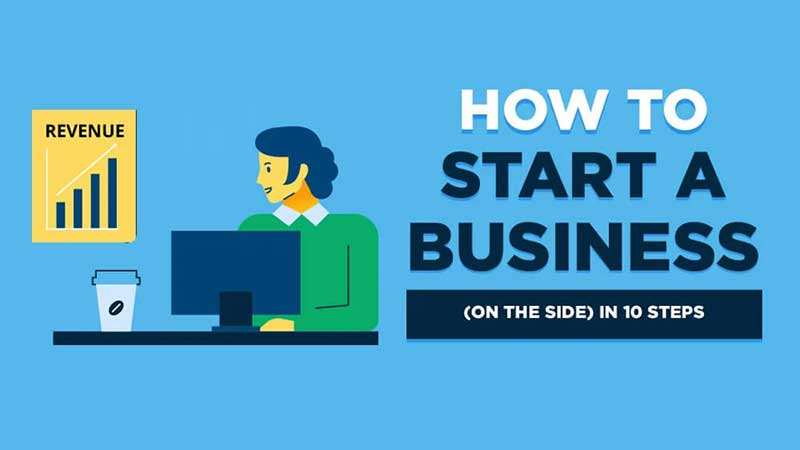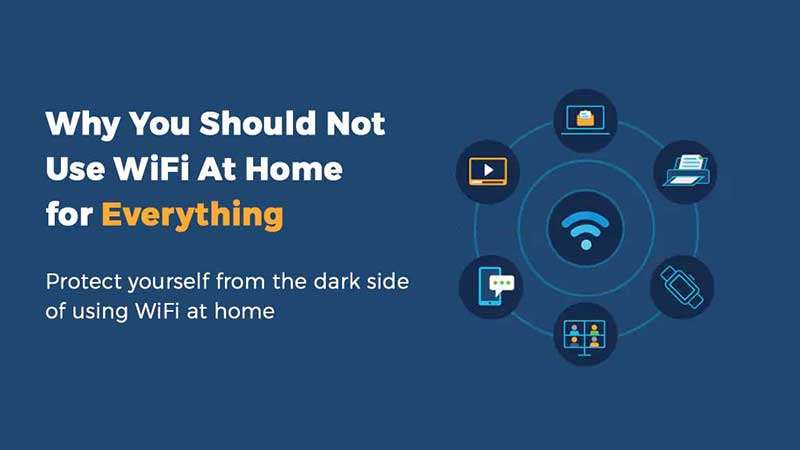Wondering about what is debt trap? Explore the causes, consequences, and get practical insights for managing and overcoming this financial challenge.

Imagine yourself stuck in quicksand. The more you struggle, the deeper you sink. That’s what a debt trap feels like – a financial quicksand that pulls you in, making it harder and harder to escape.
Falling into a debt trap can happen to anyone, regardless of income or background. It’s not always about irresponsible spending; sometimes, unforeseen circumstances like job loss or medical emergencies can push you over the edge.
What is a Debt Trap?
A debt trap meaning is a situation where your debt payments become so overwhelming that you can’t keep up. You’re forced to borrow more money just to make your existing payments, creating a vicious cycle of ever-increasing debt.
Think of it like a snowball rolling downhill. The more debt you accumulate, the bigger the snowball gets, and the faster it rolls, making it harder to stop.
You may also read: What is No Cost EMI? How it Works Amazon, Flipkart or Credit Cards? Explained

How Do You Fall In?
There are several paths that can lead you into the debt trap:
- Overspending: Living beyond your means is the most common culprit. You borrow to finance extravagant lifestyles, expensive gadgets, or even basic necessities.
- High-interest loans: Predatory lenders, payday loans, and credit cards with exorbitant interest rates can quickly snowball your debt.
- Minimum payments: Making only the minimum payments on your debt may seem manageable at first, but the interest keeps accumulating, making it harder to pay off the entire amount in the long run.
- Living beyond your means: Spending more than you earn is a recipe for disaster. It’s tempting to buy things you can’t afford, especially with readily available credit, but this can lead to a mountain of debt that’s difficult to overcome.
- Financial emergencies: Unexpected events like medical bills, job loss, or car repairs can force you to borrow, making it difficult to recover financially.
- Lack of financial literacy: Not understanding basic financial concepts like budgeting, interest rates, and credit scores can make you vulnerable to falling into debt traps.
- Debt consolidation: While consolidating multiple loans into one might seem like a solution, it can lead to a longer repayment period and higher interest if not managed carefully.
The Signs You’re in a Debt Trap
- You’re constantly borrowing money to cover living expenses.
- You’re only making minimum payments on your debt.
- Minimum payments consume a large portion of your income.
- Your debt is growing faster than your income.
- You’re receiving calls from debt collectors.
- You’re avoiding opening your mail because you’re afraid of seeing more bills.

Once in a debt trap, the consequences can be severe:
- Stress and anxiety: The constant worry about debt can take a toll on your mental and emotional well-being.
- Damaged credit score: Missed payments and defaults can severely damage your credit score, making it difficult to borrow money in the future for essential things like a house or car.
- Legal problems: If you’re unable to repay your debts, you could face legal action from creditors, including wage garnishment or even bankruptcy.
- Strained relationships: Debt can put a strain on your relationships with family and friends.
So, How Can You Escape the Debt Trap?
If you find yourself in a debt trap, there is hope. It’s not easy, but it is possible to get out. Here are some steps you can take:
- Acknowledge the problem: The first step is to admit that you’re in a debt trap. Denial won’t help; facing the reality is crucial for taking action.
- Create a budget: Track your income and expenses to see where your money is going. This will help you identify areas where you can cut back and free up money to put towards your debt.
- Track your spending: Create a budget and track your income and expenses to understand where your money is going. This will help you identify areas where you can cut back.
- Contact your creditors: Explain your situation and see if they are willing to work with you to lower your interest rates or create a payment plan.
- Prioritize your debts: Focus on paying off high-interest debts first, as they are the most damaging. Consider debt consolidation or refinancing to get a lower interest rate.
- Explore debt consolidation: This involves combining your multiple debts into one loan with a lower interest rate. This can simplify your payments and make it easier to get out of debt.
- Increase your income: Look for ways to increase your income, whether through a side hustle, a raise at work, or selling unwanted items.
- Seek professional help: Don’t be afraid to seek professional help from a credit counselor or financial advisor. They can provide guidance and support to help you get out of debt.
Remember, getting out of a debt trap is a marathon, not a sprint. It takes time, discipline, and commitment. But with the right approach and support, you can break free from the shackles of debt and achieve financial freedom.

Additional Tips
- Avoid taking on new debt. It’s important to resist the temptation to borrow more money, even if it seems like the only way to make ends meet.
- Avoid using credit cards for non-essential purchases.
- Beware of payday loans and other predatory lending practices.
- Increase your income. Look for ways to earn extra money, such as taking on a side hustle or negotiating a raise at your job.
- Automate your savings. Set up automatic transfers to your savings account to build an emergency fund.
- Make small changes: Even small changes to your spending habits can make a big difference in the long run. For example, brown-bagging your lunch instead of eating out can save you hundreds of dollars a year.
- Educate yourself about personal finance. There are many resources available online and in libraries to help you learn about managing your money effectively.
Conclusion
Debt traps can be devastating, but they are not insurmountable. With awareness, planning, and a little help, you can break free and achieve financial freedom. Remember, you are not alone in this fight. Take control of your finances and build a brighter future, one step at a time.
I hope this article has helped you understand the concept of a debt trap and provided some practical tips for breaking free. Remember, financial literacy is key to making informed decisions and achieving your financial goals.
Additional Resources:
- National Foundation for Credit Counseling: https://www.nfcc.org/
- Consumer Financial Protection Bureau: https://www.consumerfinance.gov/
- Debt.com: https://www.debt.com/

Hi I am Harish. I am a blogger, writer. I am also a photographer. I love to share my thoughts and experiences through the words in my blog. Thank you.



